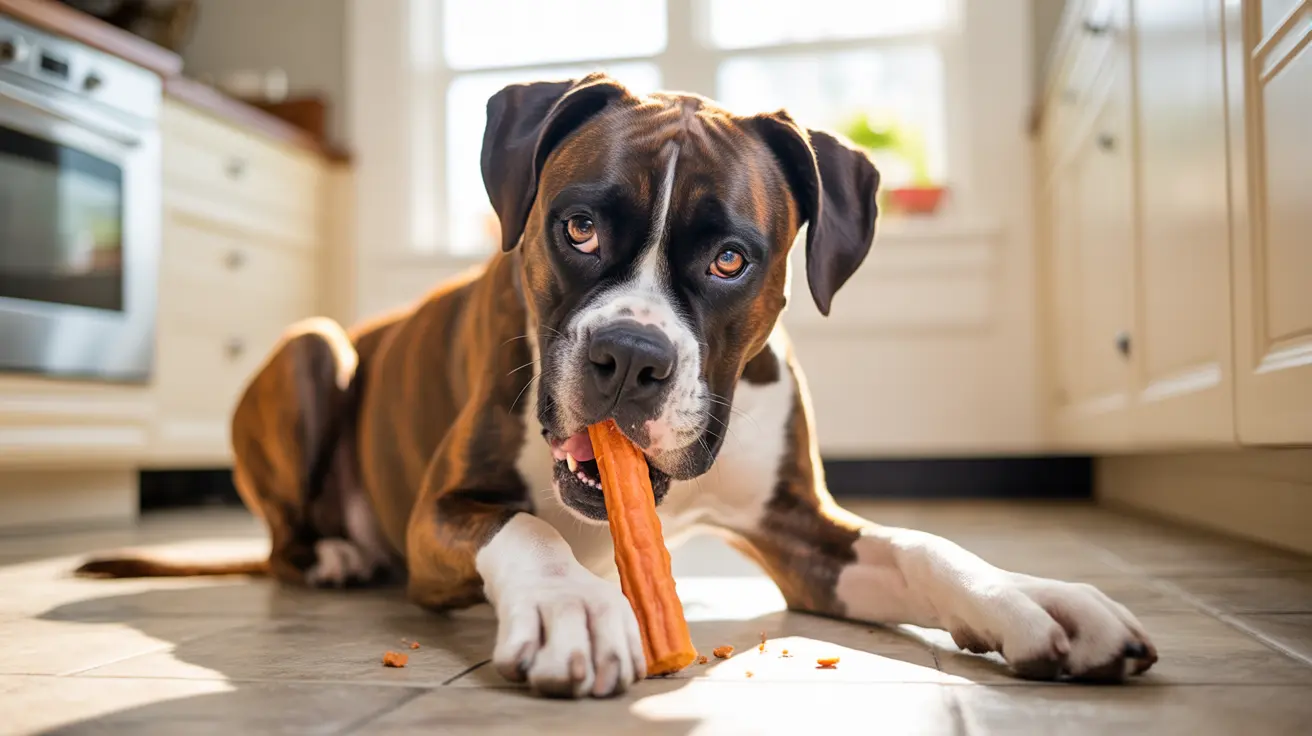Understanding Pleasure in Dogs During Mating
Mating is a natural and important behavior in dogs, crucial for reproduction and the continuation of genetic lines. While dogs do not experience pleasure in the same way humans do, certain physical responses and behaviors suggest that mating can be pleasurable, particularly for the male, due to specific physiological mechanisms.
The Canine Reproductive Cycle
The female dog’s reproductive cycle, known as estrus or heat, has four phases: proestrus, estrus, diestrus, and anestrus. During the estrus phase, the female becomes receptive to mating, indicated by tail flagging and behavioral changes. This period, usually lasting several days, is when mating most commonly occurs.
Male Dog Behavior and Physiological Response
Male dogs reach sexual maturity around six months of age, although responsible breeders wait until the dog is fully mature. During mating, males respond to the pheromones emitted by the receptive female and initiate copulation when she allows it.
The Tie: A Unique Canine Mating Mechanism
One of the most distinctive and pleasurable aspects of dog mating for the male is the 'tie' or 'lock'. This happens when the bulbus glandis, a part of the male’s penis, swells and is effectively locked inside the female’s vagina due to muscular contractions. This tie:
- Creates intense physical stimulation.
- Typically lasts 10 to 45 minutes.
- Should not be forcefully interrupted to avoid injury.
The pressure and physiological reaction during this tie suggest it is the period during which male dogs feel the most physical pleasure.
Female Dogs and Mating Experience
While there is less research about physical pleasure in female dogs, behavioral cues such as receptiveness, tail flagging, and seeking the male indicate a level of positive association, possibly influenced by hormones. Still, physical pleasure akin to that of human experiences isn't clearly defined in female dogs.
Factors Enhancing the Mating Experience
Several conditions can make the mating process more successful and potentially pleasant for dogs:
- Health: Both dogs should be in optimal physical condition.
- Temperament: Calm and well-socialized dogs tend to have fewer issues during mating.
- Environment: A quiet, stress-free setting adds to a more comfortable encounter.
Responsible Mating Practices
It’s important for breeders and owners to manage mating responsibly. This includes:
- Monitoring heat cycles.
- Conducting health checks for genetic conditions.
- Avoiding forced pairings and allowing natural initiation.
- Considering artificial insemination if natural mating poses risks.
Aftercare and Pregnancy
After mating, it’s crucial to avoid disturbing the dogs. Provide a calm space and observe the female for early signs of pregnancy. Pregnancy typically lasts about 63 days. Proper nutrition, veterinary care, and a clean environment all contribute to a healthy gestation and birth.
Conclusion
While we cannot definitively measure pleasure in dogs the way humans understand it, the physiological signs — especially the tie caused by the bulbus glandis in males — point to this moment being particularly stimulating. Understanding the biological and behavioral patterns around mating helps ensure a positive and safe experience for both dogs involved.





